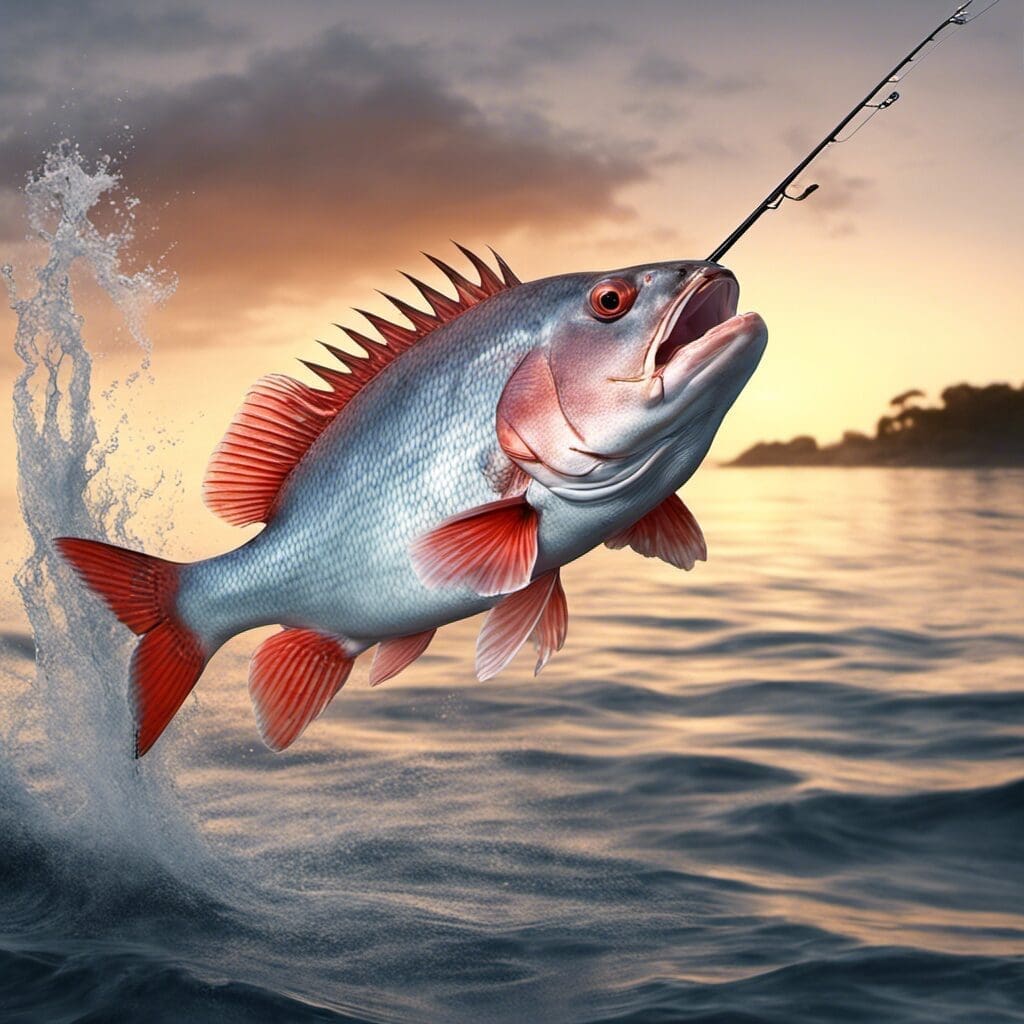Introduction
The Queen Snapper, scientifically known as Etelis coruscans, belongs to the family Lutjanidae. This reclusive and elusive fish species is a jewel of the underwater world with its vibrant red color and elegant, elongated body.
Conservation Status
The Queen Snapper is classified as ‘Least Concern’ by the International Union for Conservation of Nature (IUCN). However, sustainable fishing practices are encouraged to maintain the population of the species.
Statistics
| Statistic | Average | Range |
|---|---|---|
| Length | 110 cm | 60 – 150 cm |
| Weight | 15 kg | 5 - 30 kg |
| Average Lifespan | 20 years | – |
Distribution
Native to the temperate and tropical waters of the Indo-Pacific region, the Queen Snapper is found off northern Australia’s coast. It has also been observed in South East Asia and as far west as the Red Sea.
Habitats
The Queen Snapper favors offshore reefs and islands, typically found at depths between 150 and 400 meters. It thrives in temperatures between 24 and 28 degrees Celsius.
When and Where to See
The Queen Snapper can usually be spotted during the warmer months, specifically from November through March. They are often more active during the night.
Best Fishing Locations
Here are the top locations to catch a Queen Snapper:
- Northwest Shelf, Australia
- Torres Strait, Australia
- Great Barrier Reef, Australia
- Solomon Sea, Papua New Guinea
- Banda Sea, Indonesia
- Bay of Bengal, India
- Andaman Sea, Thailand
- Gulf of Thailand, Thailand
- Red Sea, Saudi Arabia
- Persian Gulf, United Arab Emirates
For those who can’t travel to these specific locations, look for this species in deep offshore waters, around underwater structures or rocky reefs.
How to Catch
To catch the Queen Snapper, squid or live bait is often the most effective. Deep sea fishing techniques, including bottom bouncing, are recommended. The best time to fish is during the warmer months and mostly at night.
Identification Guide
The Queen Snapper is characterized by its slender, elongated body and large mouth. It has a bright red to pink coloration, a deeply forked tail, and sharp spines on its dorsal fin. It can be distinguished from similar species by its size and vivid color.
Culinary Information
The Queen Snapper is a delicacy among seafood lovers. Its firm, white flesh is mild tasting and low in fat. It can be grilled, baked, or fried and is often served with a squeeze of lemon and a side of vegetables.
Additional Information
Feeding primarily on smaller fish and crustaceans, the Queen Snapper does not have many natural predators due to its large size and habitat depth. However, it faces threats from overfishing and habitat destruction due to commercial fishing.
References and Further Reading
1. Australian Government Department of Agriculture, Water and Environment
2. FishBase

